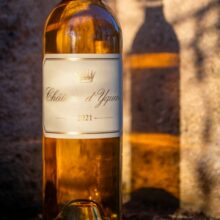
Product information
Château d’Yquem 2021
$910 Original price was: $910.$799Current price is: $799.
Description
In this wine more than any other art, science & nature collide! River mists, offer humidity, day time sunshine’s heat and drying power create weather that can offer the perfect conditions for Botrytis, and, the eye of the pickers select only the best grapes.
Pre-Arrival Offer & Pricing Closes 3 April 2024
Terms: Payment upon order. Delivery: August-September 2024.
“The 2021 d’Yquem is composed of 65% Sémillon and 35% Sauvignon Blanc. It has 148 grams per liter of residual sugar, making for a relatively rich style and the sweetest Yquem since 2017. Pale lemon-gold colored, perfumed notes of orange peel, juicy peaches, grapefruit, and honeycomb slowly emerge from the glass, followed by suggestions of jasmine tea, fresh ginger, and lime blossoms. The palate is fantastically satiny, with great tension and loads of spicy sparks complementing the citrusy flavors, finishing with epic length and a zesty lift.”
Lisa Perotti-Brown, The Wine Independent 97 Points
“The 2021 d’Yquem exhibits a complex bouquet of rose, exotic fruits and mandarin orange mingled with spring flowers, rose and crème brûlée, followed by a medium to full-bodied, ample and seamless palate that’s suave and layered, with a deep core and a long finish that’s lent definition by delicate bitterness that offsets the 148 grams per liter residual sugar. This blend of 65% Sémillon and 35% Sauvignon Blanc was matured, as usual, in all new barrels, but the new oak is perfectly integrated and barely noticeable.”
Yohan Castaing, The Wine Advocate 95 Points
“The 2021 Yquem was tasted in Amsterdam, the first wine poured at a lunch, thereby allowing me a longer period to examine it. Slightly burnished in hue, it has a very attractive bouquet with scents of dried quince, clementine, linseed and subtle candle wax, perhaps more discrete than usual, but certainly fresh and vibrant. The palate is medium-bodied and viscous on the entry, a Yquem with perhaps a lighter chassis than recent vintages, prioritizing poise and purity over horsepower- exactly the right approach in such a challenging season. It opens wonderfully in the glass, gaining more frangipane and kaki fruit scents, though it seems to have a lighter and more tensile finish than the 2020 or 2019. As such, I suspect that it will be comparatively approachable and, of course, delicious. Readers should note that I will probably re-taste the 2021 in Bordeaux during primeur.”
Neal Martin, Vinous 96 Points
Out of stock
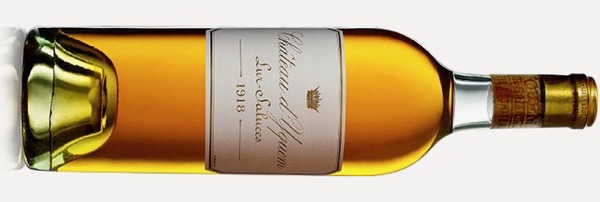


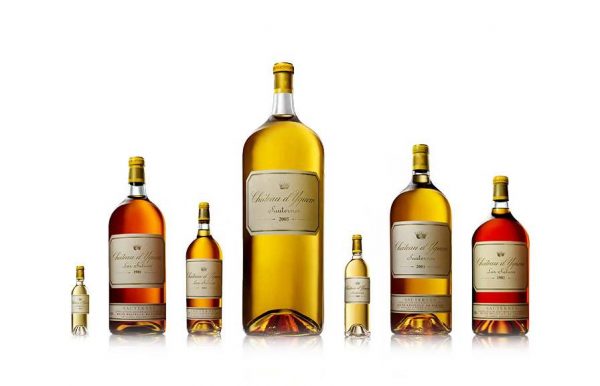
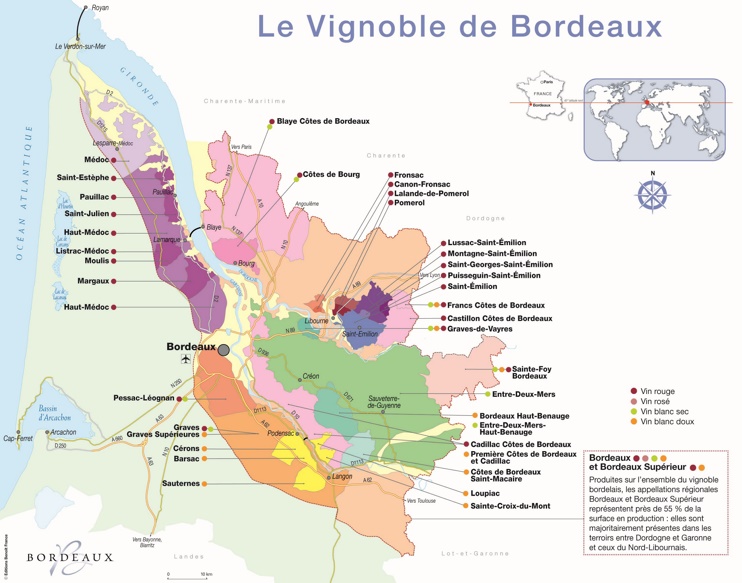
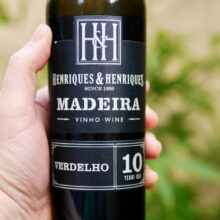
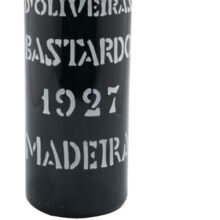
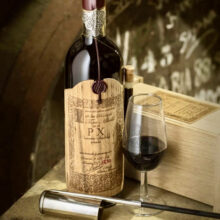
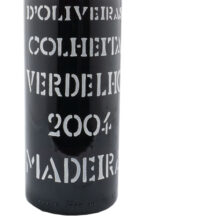
You must be logged in to post a comment.